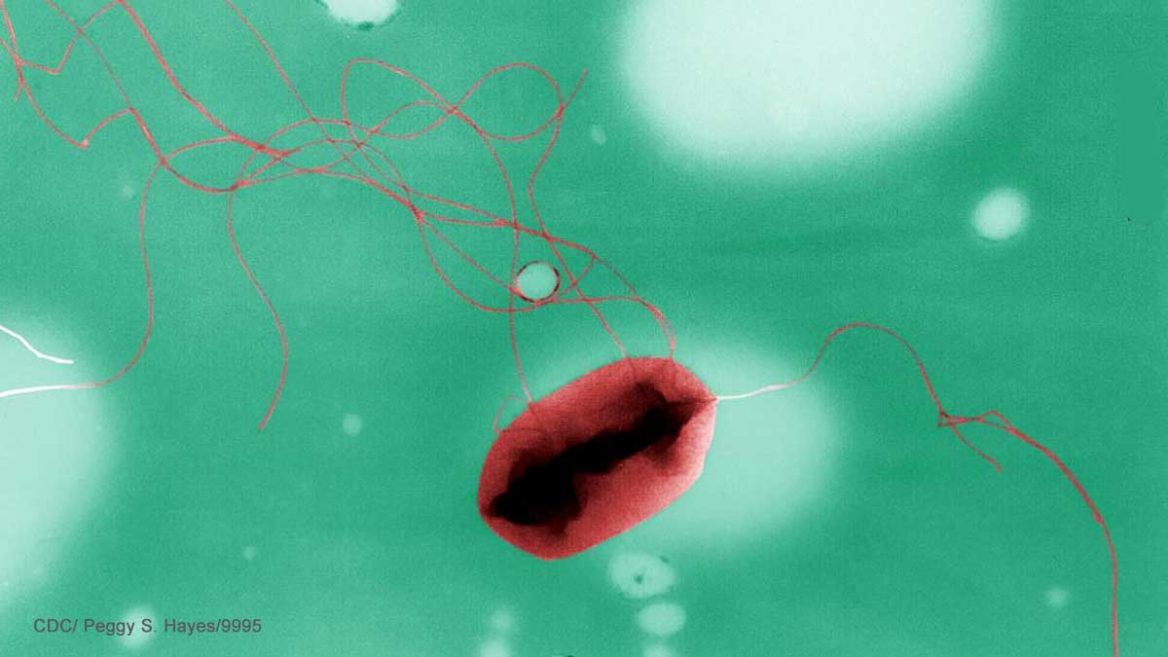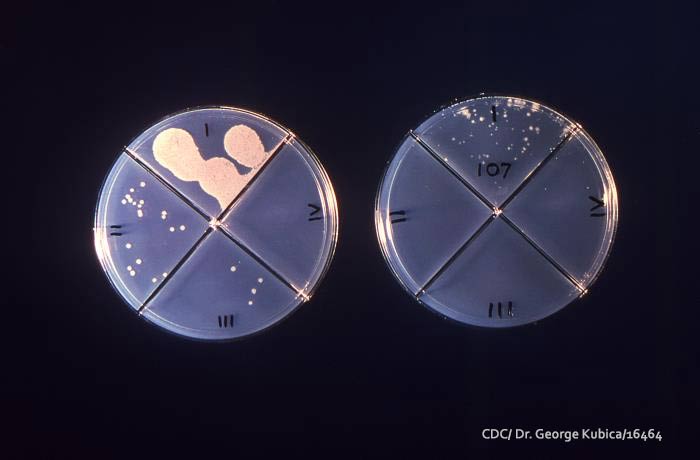To win your food poisoning claim, your lawyer has to prove the following:
- Food you ate was contaminated;
- That contamination made you sick; and
- Your sickness caused you quantifiable harm, meaning your claim is worth money because of your medical expenses, lost income, and/or pain and suffering.
Proving Food Was Contaminated

Any food contaminated with a foodborne pathogen is defective. Ground beef and tenderized steak contaminated with E. coli O157:H7 are considered “adulterated” under federal law. This means that consumers who are sickened by these beef products have a claim against the processor and others even if the consumer cooked the meat at home.
How a Food Poisoning Lawyer Proves Contaminated Food Caused Your Illness
Proof that a contaminated food caused an illness is fairly involved and always starts with a diagnoses of a food poisoning caused by a specific pathogen (Campylobacter, E. coli, Hepatitis A, Listeria, Salmonella, or Shigella). To get this diagnosis, a stool sample from the sickened person must test positive for the pathogen. In some cases, a urine or blood sample can be taken for testing.
This testing should be conducted before antibiotics or antidiarrheals are used. That’s because antibiotics and antidiarrheals may kill off the pathogen before it can be identified. (Note: Antibiotics and antidiarrheals may cause E. coli-HUS, which can lead to kidney failure.)
Once there is an initial diagnosis, bacterial foodborne pathogens need to be further tested with a technique called pulsed-field gel electrophoresis (PFGE), which provides a genetic pattern of the pathogen involved. Each outbreak has its own PFGE pattern. Labs may also use whole genome sequencing (WGS) to identify each bacteria’s “fingerprint.”
Once all of the testing is complete, there must be further evidence implicating a restaurant, food processor, or specific food. This can get confusing. The best case occurs when several people are sickened by a genetically identical strain of pathogen, these people all ate the same food item, and the genetically identical strain of pathogen is found in that specific food item. However, cases can be built around several people getting sick with genetically identical pathogens after eating at the same restaurant, even if they did not all eat the same thing and the pathogen was not found in any of the food. Also, if several people are sickened by genetically identical pathogens and they all ate the same food, there may be a case even if the pathogen is not found in any sample of that food.
Proving Your Food Claim is Worth Money
The final element is damages – proving what harm resulted from the particular foodborne pathogen responsible for the outbreak. Damages usually consist of the following: medical expenses, cost of care, lost income, pain and suffering, emotional distress, disability, and loss of quality of life.
Contact a Food Lawyer about a Money Settlement against a Company
You can contact our law firm for a free consultation using the form below. Find out if you can sue for food poisoning.
The food safety lawyers at Pritzker Hageman have won millions for victims of foodborne outbreaks. They have appeared on CBS News, Fox News, and local TV stations around the country and have been quoted by The New York Times, The Wall Street Journal, Lawyers USA, Law & Politics, and other publications.
Our food safety legal team is one of the few in the country that have won money settlements and trial verdicts over $4 million. Our cases have involved the following pathogens:
- Botulism (caused by Clostridium botulinum)
- Campylobacter
- E coli O157:H7 and Non-O157 E coli
- Hepatitis A
- Listeria
- Salmonella
- Shigella
We have successfully represented many people with hemolytic uremic syndrome, including children.
